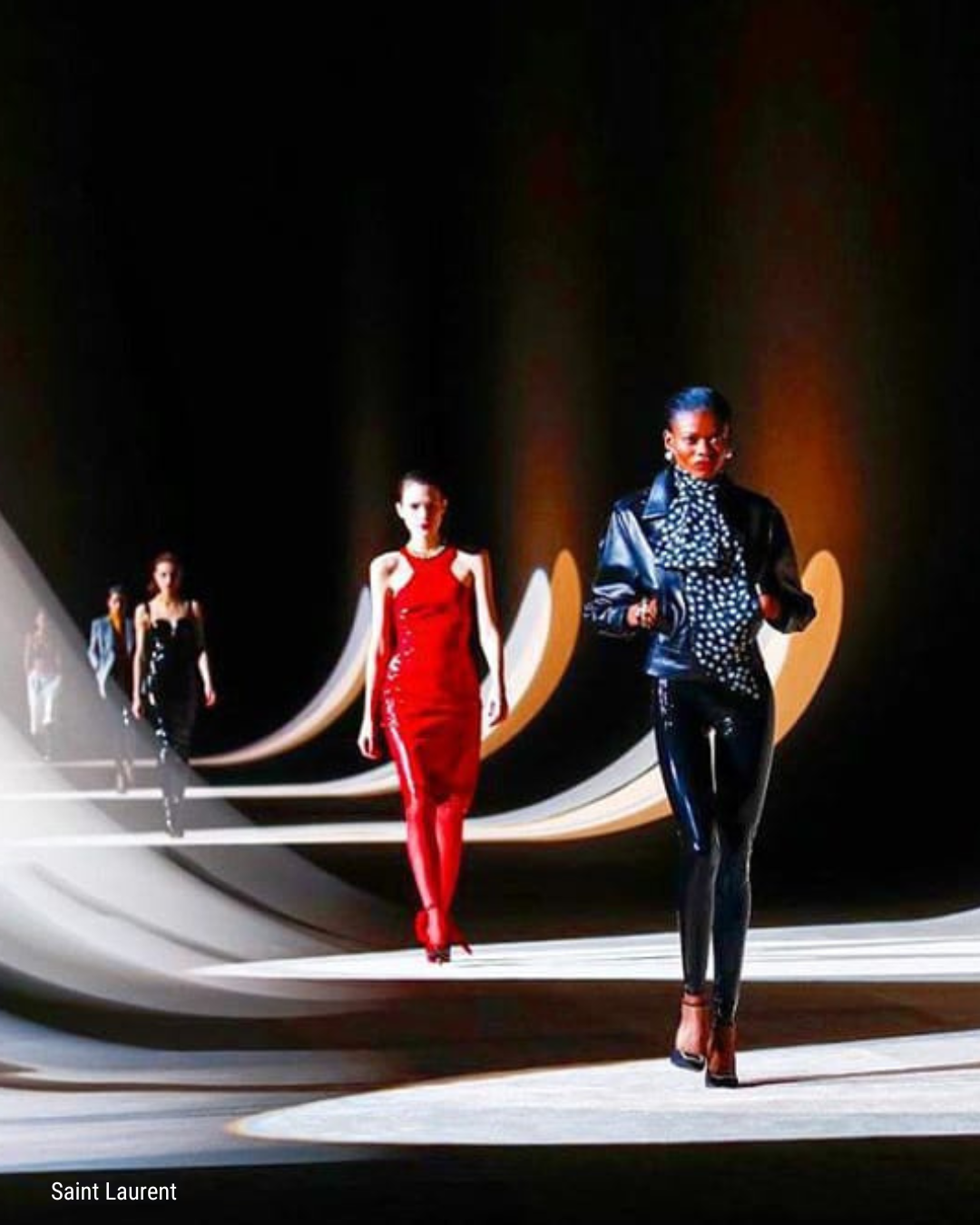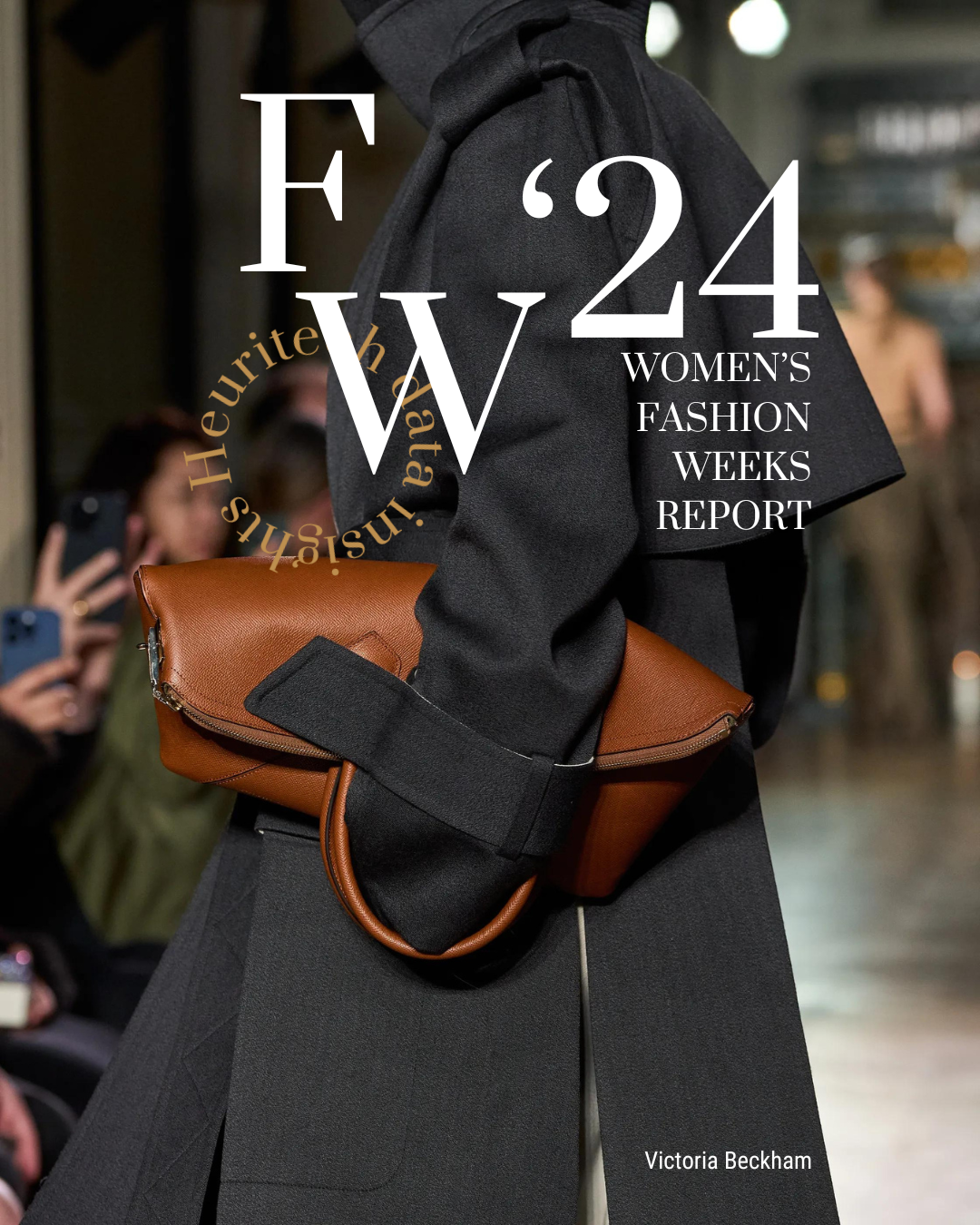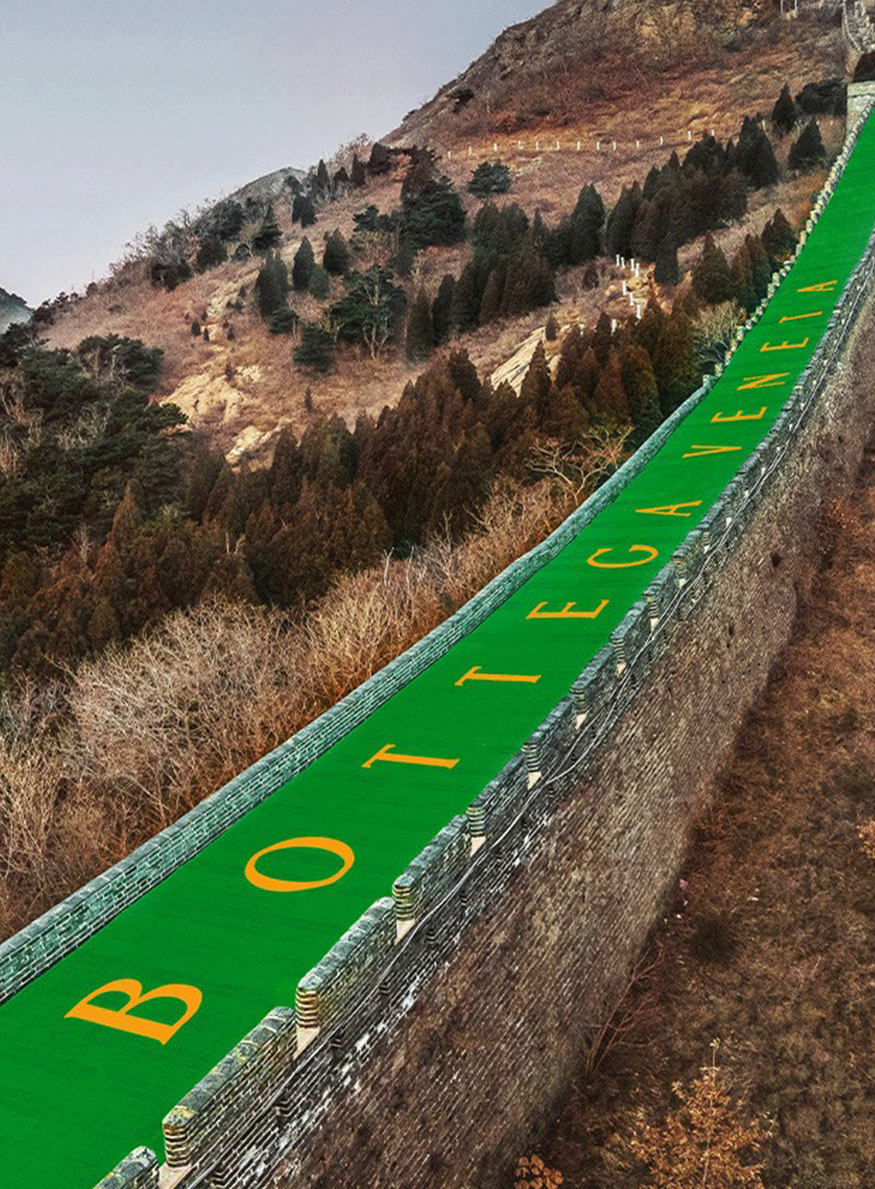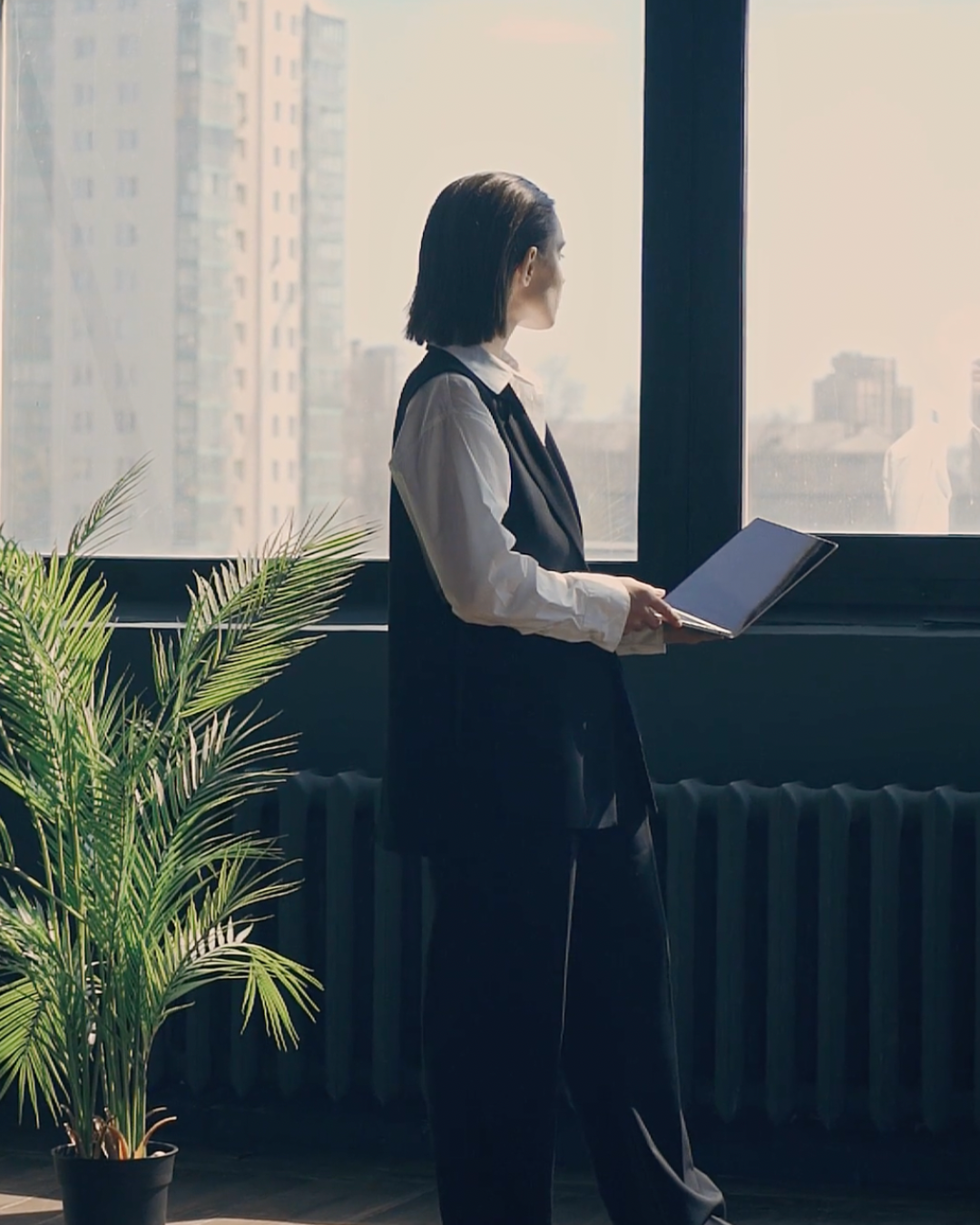This year’s Fall/Winter 2020 Fashion Weeks are over, as designers across different cities have showcased their collections for the world to see. From Menswear kicking off the fashion week frenzy to Womenswear in Paris to wrap it all up, there’s just one question: What have fashion’s top designers revealed about future trends this season?
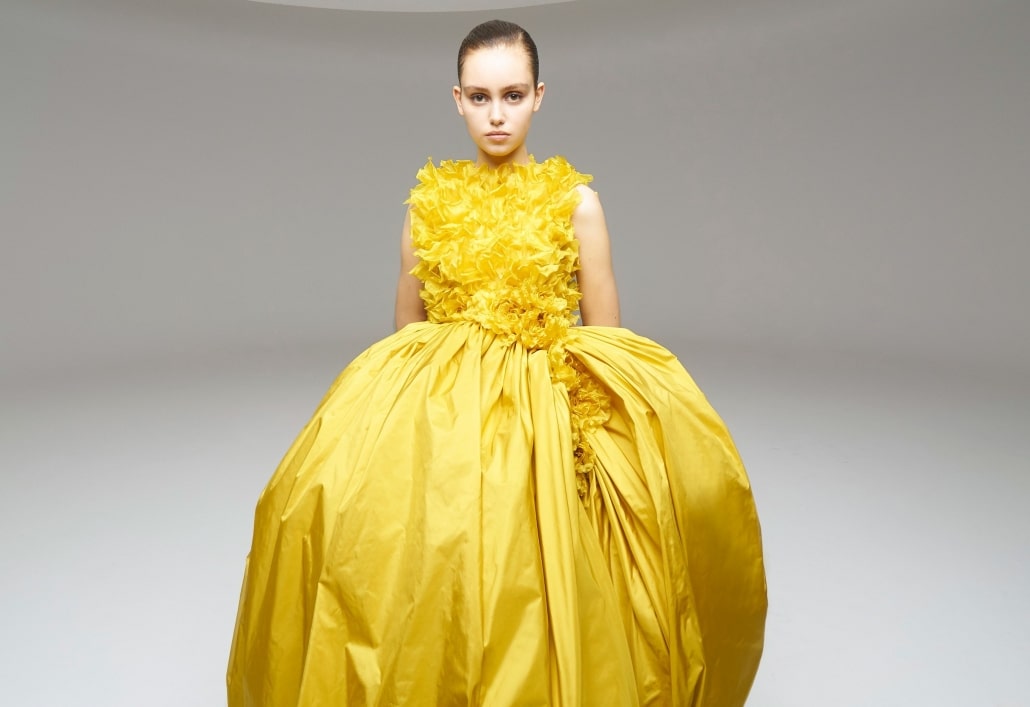
Over-the-top: Trendy or not?
With the importance of social media especially present during Fashion Week for brands, influencers, and consumers, many designers opted for eye-catching ensembles. Vibrant colors, voluminous silhouettes, and shiny fabrics popped on the runway, and they weren’t missed by any cameras. At Haute Couture, Maison Margiela, Giambattista Valli, and Ralph & Russo weren’t shy about bright hues. Designers met the same memo in New York with Tom Ford and Christian Siriano, and in London with Roksanda.
In the same vein, at times combined with the vibrant color trend was the appearance of voluminous silhouettes; big sleeves, puffy dresses, and bold ruffles featured in many collections across cities. At Haute Couture, Giambattista Valli and Ralph & Russo married color with volume, and in London and Milan, designers such as Molly Goddard, Simone Rocha, Fendi, and Max Mara were generous with their dimensions. Many designers at Paris Fashion Week heightened the drama with big sleeves, big shoulders, and neck embellishments: among others, Alexander McQueen, Isabel Marant, and Balenciaga featured puffy sleeves and structured shoulders, while Chanel, Dries Van Noten, and Elie Saab added pussy bows to the necks of their models.
Last but not least fabulous was the frequency of shiny fabrics on the runways. Menswear even included this trend in several collections, namely Gucci, Tom Ford, and Dior Homme. Haute Couture’s Alexandre Vauthier made use of the eye-catching fabric, too, as did Burberry, Preen, and Rejina Pyo in London. The Saint Laurent and Balmain collections in Paris were particularly inclusive of shiny, tight latex and leather.
Yet some designers shied away from all things excessive, with 90’s neutrals making a comeback for some designers. While the expected designers kept it toned down, some evident examples being Rick Owens and Jil Sander, other less-consistently neutral designers did so, too. In Milan, Agnora, Prada, and Alberta Ferretti remained discreet with greys, blacks, and browns. In Paris, warm neutral tones joined the neutral color palette at Isabel Marant, Jacquemus, Hermès, and Chloé.
Fall/Winter ‘20 is all about patterns
The forecast is clear: less is not always more. The predicted trend seems to be patterns on patterns for customers of all sorts.
Plaid was a major trend at FW20 in London, New York, and Paris, with the following designers bringing in the sometimes-schoolgirl, sometimes-grunge pattern to their collections: Victoria Beckham, Molly Goddard, Burberry, R13, Monse, Jonathan Cohen, and Rag & Bone, Saint Laurent, Dior, and Lanvin.
Floral prints were also present in collections by Adam Lippes, Prabal Gurung, and Badgley Mischka, to name a few. Flowers are a reliable Spring/Summer trend, so it’s unique to see floral in Fall/Winter.
Less expected patterns popped up on runways, as well. In London, Halpern, Erdem, and Roksanda included eye-catching graphic prints, often with a healthy dose of color: see Roksanda’s knit patchwork dress in every color of the rainbow. At Haute Couture, Viktor & Rolf, Jean Paul Gaultier, Armani Privé, and Valentino opted for patchwork in both fabric and motif. In Milan, Versace seemed to show off every print under the sun, including graphic prints, stripes, florals, zebra print, and plaid.
Pattern and texture was also created using mismatched upcycled fabrics, signalling an evident theme of sustainable fashion. In Paris, Maison Margiela used upcycled vintage garments to create their collection, and Marine Serre’s collection was 80 percent upcycled fabrics.
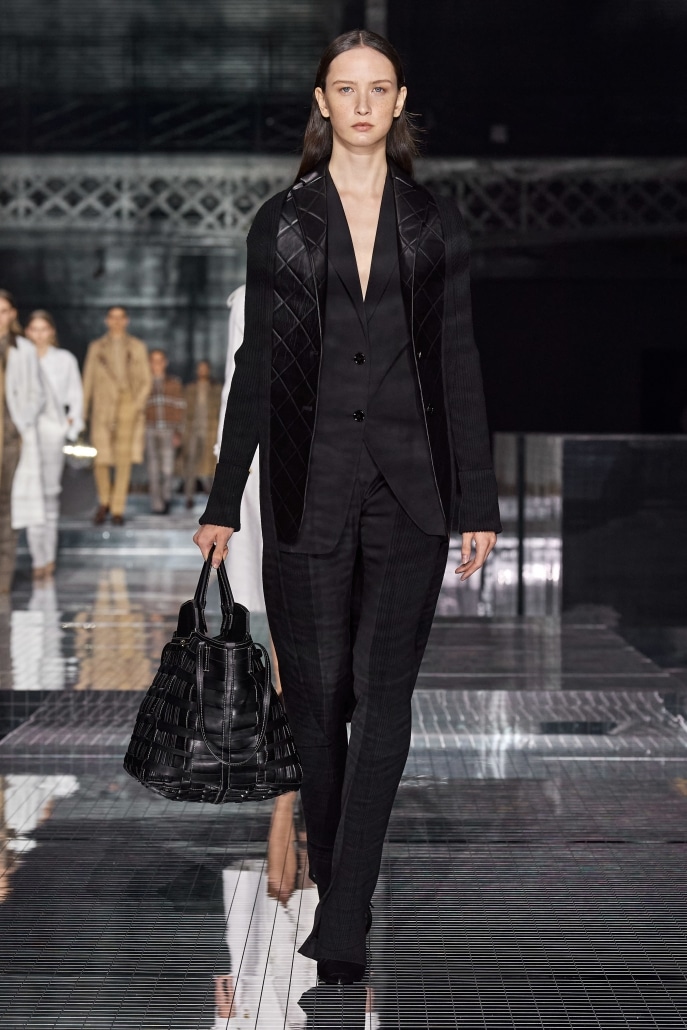
Gender-blocking: It’s trendy to be progressive
The traditional notion of gender was turned on its head this season as more than a few designers decided to dress men in feminine wear and women in masculine wear. During Men’s Fashion Week, brands such as Dior Homme, Dries Van Noten, and Loewe donned their male models in shiny fabrics, belted tops at the waist, and sweetheart dresses. Particular details have already caught on off the runway, namely shiny fabrics and belted tops for men: at the Venice Film Festival last September, Timothée Chalamet showed up in a silver, belted Haider Ackerman suit.
In London, Shrimps and Erdem channelled mid-20th century glamour with a modern feminist twist of black leather and structured shoulders.
But femininity was not the only aesthetic during FW20: in London, Petar Petrov, Burberry, Preen, and Margaret Howell reinvented the classic male suit for women. Asymmetrical blazers made their appearance with Petar Petrov, loose skirts replaced suit pants at Margaret Howell, and the three-piece suit made a comeback at Burberry.
In Paris, designers adapted the suit to womenswear, as well. Coperni showcased suits with asymmetrically-hemmed blazers, Marine Serre featured women’s suits using recycled fabrics, Saint Laurent’s Vaccarello included latex in his suits to communicate “well-behaved and overly-bourgeois elegance,” and Chloé and Celine followed the trouser culottes trend.
The Christian Dior show was an open testament to feminism: as the brand’s first female artistic director, Maria Grazia Chiuri put female empowerment at the forefront of the collection. Collaborating with feminist art collective Claire Fontaine with set designs from feminist artist Judy Chicago, Dior’s FW20 collection was strong and full of likely trends, such as fringe and schoolgirl skirts.
Capes aren’t just trendy for superheroes
FW20 has proved that you don’t have to be a superhero to wear a cape. Capes and ponchos were a major trend across nearly all fashion weeks this season, and the fabrics were namely cotton or wool in neutral tones.
The following designers embraced the cape trend, a promising forecast for Fall and Winter later this year.
- Haute Couture: Ralph & Russo, Dior, Ronald Van Der Kemp
- New York: Brandon Maxwell, Carolina Herrera, Jason Wu, Longchamp
- London: Burberry, Roland Mouret, Erdem
- Milan: Max Mara, Ports 1961, Philosophy by Lorenzo Serafino
- Paris: Paco Rabanne
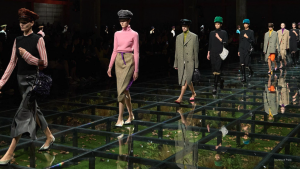
References at FW20
Fall/Winter ‘20 was filled to the brim with references, a sort of real-life Instagram tag.
At New York Fashion Week, Area alluded to Francis Ford Coppola’s Dracula, while Coach included pieces evoked from late artist Jean-Michel Basquiat.
Men’s Fashion Week was exceptionally inspired. J.W. Anderson featured bystanders in masks of French poet Arthur Rimbaud, and the models wore garments with prints by AIDS activist David Wojnarowicz. Rick Owens drew heavily from David Bowie’s space-age aesthetic, and Raf Simons used quotes from the TV series Watchmen in his collection.
In Paris, Kenzo used artwork sourced from the estate of Portuguese artist Julio Pomar, while Marine Serre drew aesthetic inspiration from Dune, the 1965 sci-fi novel by Frank Herbert.
Yet not all references were pop — quite a few were epochal. New York designers such as Ulla Johnson, Brock Collection, and Tory Burch leaned Victorian, featuring ruffled skirts, large collars, and hues of the era. Haute Couture designers leaned Greco-Roman, namely Dior, Elie Saab, and Zuhair Murad’s laurel headbands, gold embellishments, and goddess-like tunic dresses.
Designers in Paris and Milan likewise went back in time with their collections. In Paris, Paco Rabanne heavily referenced medieval garb, as did Chanel with their robes bijoux — think Joan of Arc, but fashion. Off-White’s Virgil Abloh featured over-the-top Elizabethan ruffles on the collection’s many dresses. Louis Vuitton’s Nicolas Ghesquiere installed behind the catwalk a seating arrangement of an audience dressed in clothing from nearly every decade, the set-up reminiscent of a play at Shakespeare’s Globe Theatre. At the Moschino show in Milan, Jeremy Scott drew from Marie Antoinette’s aesthetic to compare current political turmoil around the world to the French Revolution: in his words, “Let them eat…? Moschino!”
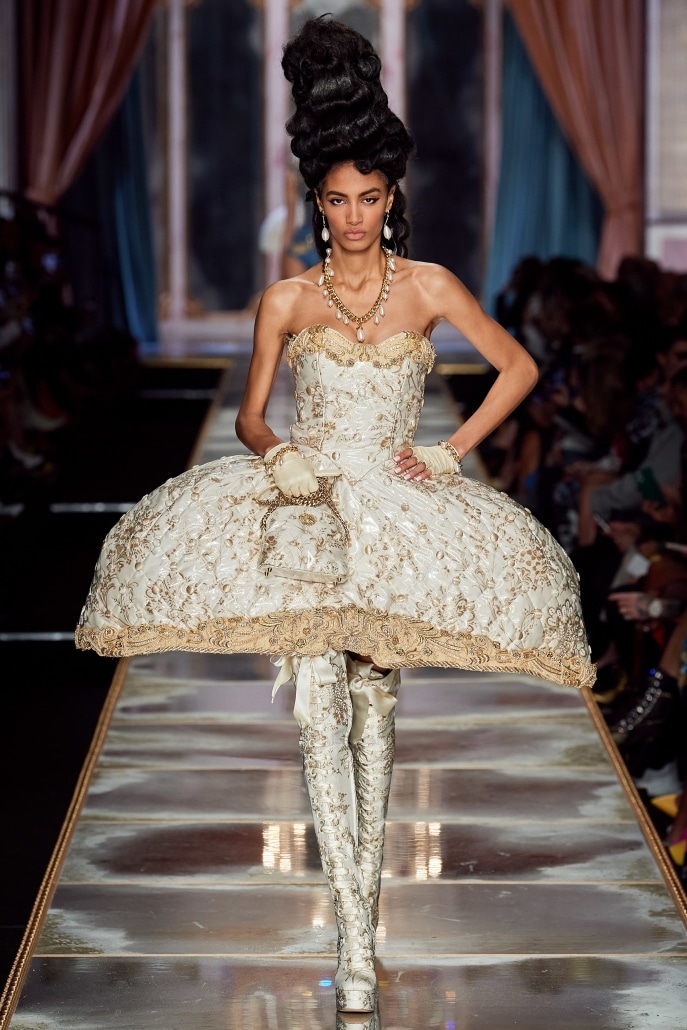
Future forecasts: Trends out of FW20
Designers were not shy about using fashion to send a message: from referencing cult films to upcycling fabrics to challenging gender norms, this season’s fashion weeks were loaded with big-picture significance. So as Heuritech provides a reflection on Fall/Winter 2020, let’s not forget to keep in mind the most major trends from these fashion weeks, and what relevance we predict they will have in the months to come.
